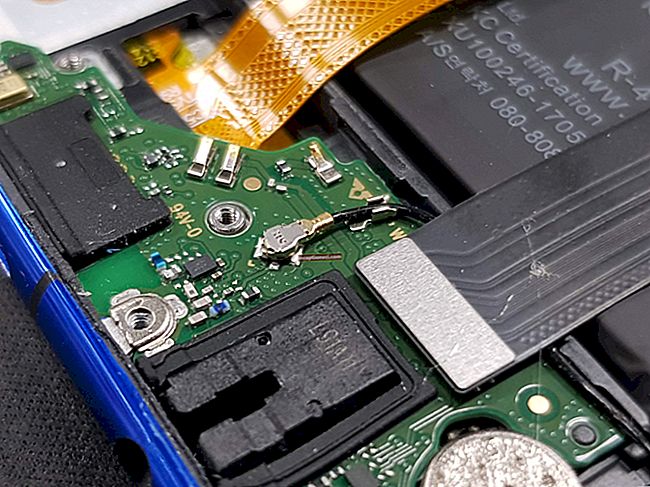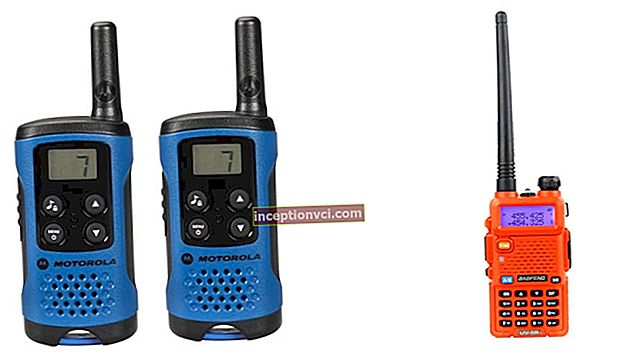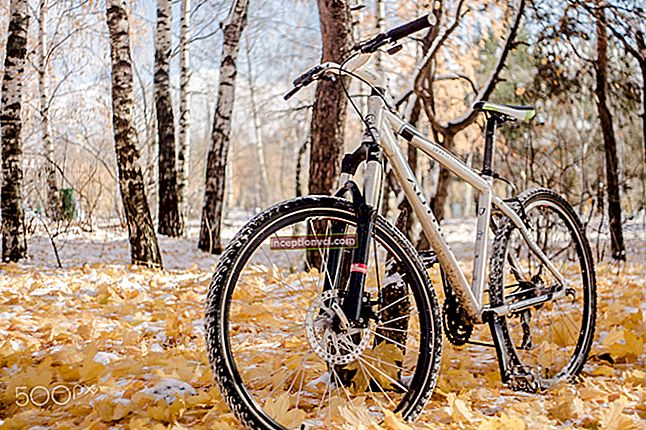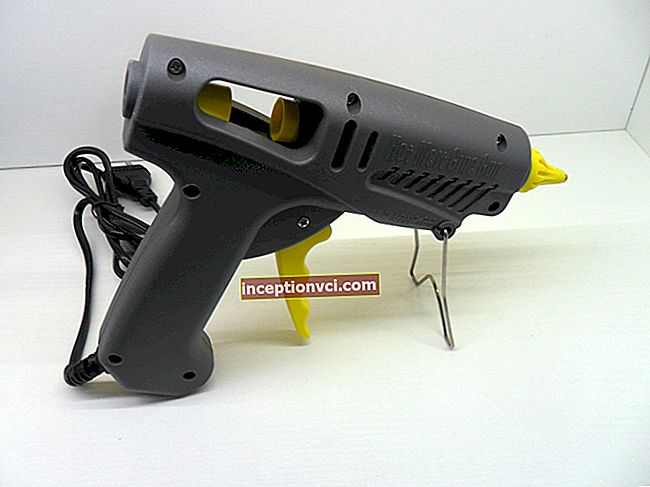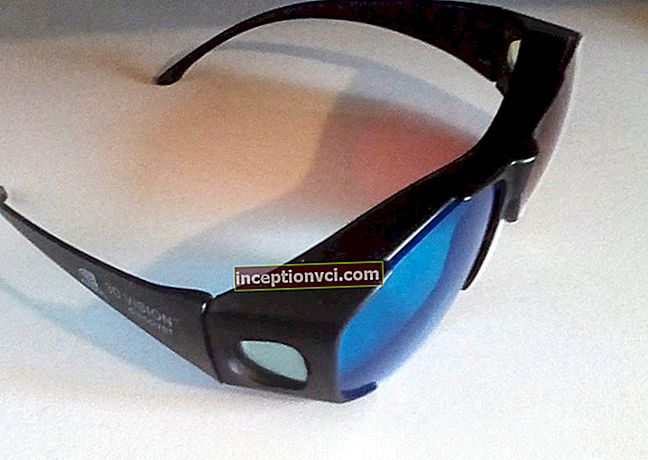Nikon Coolpix L110 camera review
Introduction
The Nikon Coolpix L110 is an affordable 12.1-megapixel camera with 15x optical zoom, vibration reduction sensor, HD video with stereo sound and a 3-inch 460,000-dot LCD screen. The camera also has more than a dozen scene programs, can focus on an object at a distance of 1 cm from the lens during macro photography and a continuous shooting mode that takes up to 30 frames at 11 frames per second. The camera is available in two color profiles in black and red.
Design and use.
Nikon Coolpix L110 retains a size and shape that is comfortable enough to hold in your hands. You will feel comfortable holding the camera and it will reduce camera shake when shooting. The camera is powered by four AA batteries or rechargeable AA batteries. The cover located at the bottom, under which the batteries are hidden, also covers the memory card slot. The design of the camera does not provide for any kind of battery-holding device, so be careful when opening the cover when replacing the memory card.

The front of the L110 is dominated by a large lens, even when the camera is turned off and retracted into the body. After turning on the camera, the lens moves to the initial position. The lens has a maximum aperture of f / 3.5 at minimum focal length and f /5.4 at maximum focal length. But the focal length range is respectable, starting from 5mm (equivalent for a 35mm 28mm camera) and up to 75mm (equivalent for a 35mm 420mm camera).
Thankfully Nikon has included vibration reduction to help prevent camera shake. As with many Nikon compacts, image stabilization in the L110 is due to sensor shift, rather than the shift of the lenses inside the lens, which is used in the manufacturer's DSLR systems. In addition to the system's sensor blending, you can opt for a hybrid form of image stabilization, which takes two additional shots, which are then combined to increase image stabilization reduction. Naturally, this takes longer, but may give better results under certain circumstances.

At the top of the camera there is a power and shutter button surrounded by a zoom slider. The flash is raised manually, there is no button for this, this is one of the few things the camera will not do for you automatically. Right behind the flash we find one of the new features in the L100 camera - a pair of microphones designed for recording stereo sound when filming.
Most of the rear of the camera is taken up by a three-inch LCD screen, the resolution has been increased from 230,000 to 460,000 dots. Another enhancement that comes in handy when shooting outdoors in bright light is the anti-reflective coating. This coating makes your screen glossy, and is quite useful for processing your images, even in direct sunlight. A very important addition, provided the L110 does not have a viewfinder. And when viewing images, you still do it in the shadow of your body, not in the sun.

On the side of the screen, there are control buttons, in the middle of a four-way button with a small button in the middle, which is responsible for the selection. With a four-way key, you can select macro mode, make exposure compensation, control flash modes and enable pre-shot delay. Above this button are two buttons that are responsible for switching the camera to view photos and for switching to shooting mode. There is also a new button that is responsible for recording a movie, a red dot is drawn on the button. This means that you no longer need to select a dedicated video shooting mode from the menu, but you can start shooting whenever you want.Unfortunately, it takes a couple of seconds after you have pressed the video record button and the actual video clip is recorded. Below, under the four positional key, there are two more control buttons, one of them is responsible for accessing the menu, and the second for deleting.
One thing that makes the Nikon Coolpix L110 stand out from the competition, especially at this price point, is that you can use the optical zoom while shooting. The magnification is, of course, slower than in normal shooting mode, but in fact it is very good - most videographers just work with slow magnification. A side effect of this is the sound of the motor driving the zoom. However, the image may go out of focus when you zoom in or out because the L110's autofocus system is slightly slower than other models. One of the new things about this camera is that you can now switch from playback mode to recording mode by simply pressing the trigger lightly, now you no longer need to use the capture mode button to do this. This operation then takes a few seconds, meanwhile you can start shooting after switching from playback to recording mode.
Another big innovation is that you can now set your desired ISO value for yourself. True, the manufacturer has not added a special button for this and therefore you must enter the menu to access the sensitivity setting. Note, however, that you still have no control over aperture and shutter speed. Which you can change in the more expensive P100 model.
In addition to this, there are two modes, Auto and Easy Auto - the latter of which uses Auto Scene Selector to figure out what is the best setting to use in a given shooting situation. The camera offers 13 scenes for the user to choose from. In these modes, you usually have access to exposure compensation, flash mode, and timer mode.
Plus, the camera has a panorama function, which is also among the scene programs. How it works: You take the first shot after choosing flash mode, timer, macro and exposure settings, and then the camera superimposes a third of that photo onto the image. This will help you take the next overlap shot that can be stitched together with ease on your computer. You can take as many shots as you need to cover the scene. The camera locks exposure, white balance, and focus at the values from the first shot. Photos taken for panorama can be stitched on a computer using the supplied Panorama Maker software. Unfortunately, the camera will not automatically stitch them.
One of the more interesting features of the Nikon Coolpix L100 is the sports continuous shooting mode. The highest resolution is limited to three megapixels, but you can shoot at up to 11 frames per second for 30 frames in a row. This can be useful when capturing fast movements, although focus tracking does not work in this mode, meaning your subject may be out of focus if the distance to the camera changes while it is moving.
Continuous shooting is also available in automatic mode. At full resolution, the camera can take 4 frames at 1 frame per second. In addition to this, the L110 has Best Shot Selector (BSS) and Multi-Shot 16 modes. The first automatically selects the best of 10 photos from the moment you press the trigger. And the second takes 16 pictures at a speed of about 7.4 frames per second at 5 megapixel resolution.
The Nikon L110 has a Smile Catch mode in which the camera picks up smiling faces while shooting and takes a picture when it is detected. After that, more smiling people will appear in your photos. Note that if you are using a flash, you cannot take another shot until the flash is fully charged.

Unfortunately, the camera provides quite limited editing options in playback mode.These include D-Lighting and resizing. D-Lighting removes shadows in the picture in contrasting scenes. The camera does this only after taking a picture, it does not offer the Active D-Lighting function that is used in Nikon DSLRs. The play button can be used as a second power button that can be used if you only want to view photos and not take pictures at the moment.
The Nikon Coolpix L110 was very comfortable to shoot. We have already mentioned several reasons for this - you can now control the ISO value, switching between recording and playback modes is intuitive, the LCD display is much better, is visible in direct sunlight, and focusing has been improved in low light. And, of course, HD video recording with stereo sound.
Of course we would like some more from the camera, of course we have the ability to change the exposure, but without the histogram this is not as useful as it could be. And, at the same time, how nice it became to control the ISO values, but it would not hurt to make a separate button for this, and not do it through the menu.
That concludes our evaluation of the ergonomics and feature set of the Nikon Coolpix L110. Let's now move on to assessing image quality.
Image quality
Nikon Coolpix L110 takes photos of acceptable quality for a camera with a small sensor. Of course, there are cameras that take the best photos, but they also cost significantly more. For the price the camera sells for, it does an excellent job. The lens is quite sharp in the center, and a little blurry around the edges. Images taken at longer focal lengths are generally less sharp than those taken at wide-angle focal lengths. Correction of distortions that used to be as a separate menu item is now applied to all images automatically. Chromatic aberration is noticeable along the contrasting edges, but is perfectly acceptable for a 15x zoom. The noise reduction is quite strong, as a result, noise does not appear in the photographs. But the image lacks fine details, especially at higher ISO values.
A few examples from this camera:




Brief technical characteristics
Brief technical characteristics
Effective Pixels: 12.1 Megapixels
Image sensor: 1 / 2.3-inch CCD, total pixels: approx. 12390 thousand
Lens: 15x Nikkor zoom, 5.0mm-75.0mm; f / 3.5-5.4; digital zoom: up to 4x
Focusing Distance Range (from lens): 50cm - ∞, Macro: 1cm - ∞
Monitor: 3-inch, 460k-dot, TFT LCD with anti-reflective coating
Media: Internal memory (approx. 43 MB), SD memory cards
Image size: 4000 x 3000 pixels (12M), 3264 x 2448 pixels (8M), 2592 x 1944 pixels (5M), 2048 x 1536 pixels (3M), 1024 x 768 pixels (PC), 640 x 480 pixels (VGA) , 3968 x 2232 pixels (16: 9), 1920 x 1080 pixels (16: 9)
Image stabilization: a combination of sensor shift and electronic
Sensitivity: 80, 100, 200, 400, 800, 1600, 3200, 6400, Auto (ISO 80-800)
Interface: USB2.0
Power supplies: Four AA batteries
Dimensions: 108.9mm x 74.3mm x 78.1mm
Weight: 406g (with memory card and batteries)
Conclusion
The Nikon Coolpix L110 has improved a number of key issues. The biggest improvement is that you can control the ISO value, focusing in low light conditions has also been improved markedly. Add to that the enhancements made to the rear screen and video mode, and the Nikon Coolpix L110 is a much better camera than its predecessor and remains as affordable.
In terms of image quality, obviously you shouldn't expect the level of sharpness and smoothness of DSLR photos from this tiny sensor compact camera. Still, the quality of the Nikon Coolpix L110's photos can be described as satisfactory, especially if you don't plan on making large prints.
Thus, the Nikon Coolpix L110 is a very affordable Super Zoom camera, and very easy to use.


